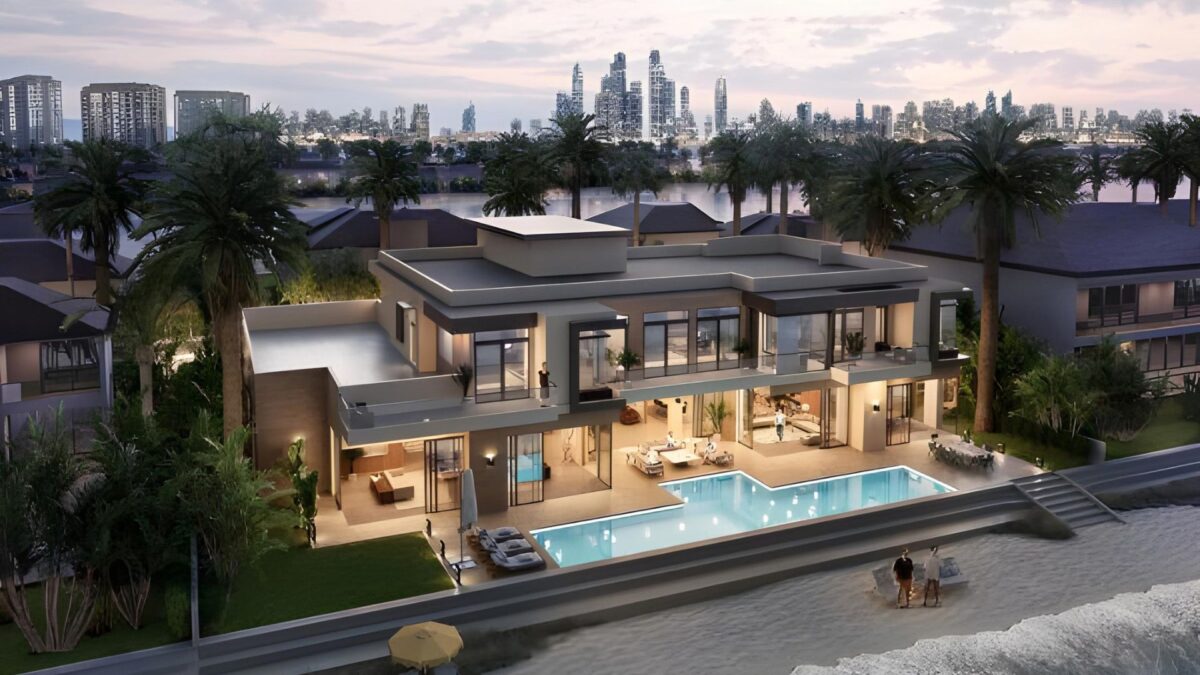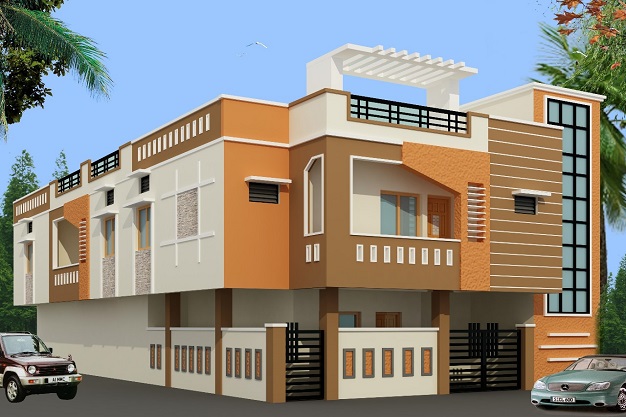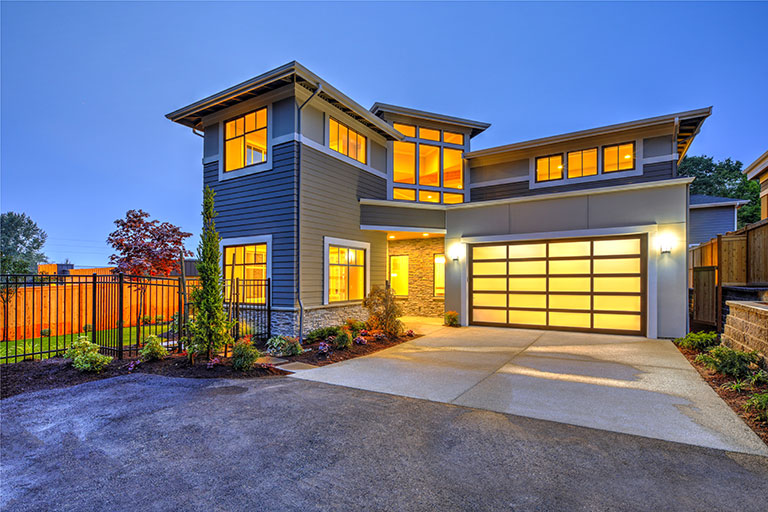Dreams about building the perfect home become reality only when people select an excellent Home construction company in Bangalore. The rapid development of Bangalore requires residents to find dependable construction partners who provide dependable quality with stylish design. The number one Home construction company in Bangalore which is Assurance Developers assists you in transforming your dreams into reality.
As a leading Home construction company in Bangalore we believe your home should embody your dreams and life principles. Our status as the most trusted Home construction company in Bangalore gives us more responsibility to create lives and relationships and enduring joy for our valued customers.
The home construction leadership of Assurance Developers in Bangalore represents the top-level builder company
The city contains many builders yet Assurance Developers stands as the top-rated Home construction company in Bangalore through our committed dedication and exceptional craftsmanship and ethical practices. These are the reasons that validate our reputation as a leading Home construction company in Bangalore:
1. Expertise That Matters
Assurance Developers possesses more than ten years of experience and has worked on many residential developments throughout Bangalore. The modern designs along with our sustainable architecture and Vaastu-compliant approaches separate us from all other Home construction companies in Bangalore.
2. Uncompromised Quality
As a prominent leading Home construction company in Bangalore we do not sacrifice materials quality or workmanship or finishes at any time. The precision together with durability and luxury shine through each residential property that we develop.
3. Transparent Process
Transparency is our core strength. A hallmark of trustworthy Home construction service in Bangalore is Assurance Developers’ practice of keeping clients fully informed from consultation through handover.
4. Customized Solutions
All clients represent distinctive qualities which shape their personal dreams. Our company provides individually created construction solutions which adapt to your monetary constraints along with property dimensions as well as style choices and practical demands to become the most adaptive Home builder in Bangalore.
5. Timely Delivery
Delays can be frustrating. The punctual Home construction company in Bangalore known as Assurance Developers meets deadlines for every project without affecting the standard of work.
Our Comprehensive Services as a Home Construction Company in Bangalore
Assurance Developers establishes itself as a Bangalore-based Home construction company offering an array of complete services for every project need.
- Our company guarantees project compliance by performing site evaluations and obtaining legal authorizations.
- Architectural Planning: Innovative and space-efficient designs with a focus on aesthetics and functionality.
- The capability to view your future home in 3D before actual building starts through walk-through presentations provides visual understanding.
- Structural Engineering: Safe, sustainable, and strong constructions that last for generations.
- Interior Designing at Assurance Developers combines aesthetic living spaces through the deployment of modular kitchens and design wardrobes and the creation of sophisticated interiors.
- The building project includes exterior work combined with beautiful gardens as well as driveways and outdoor spaces.
- Project Managers operate under our organization to provide clients with effortless project execution.
The trusted Home construction company in Bangalore Assurance Developers guarantees delivery that goes far beyond expectations for all customer requirements.
What Makes Assurance Developers Stand Out Among Other Home Construction Companies in Bangalore?
The competitive market identifies Assurance Developers as the leading customer-oriented and dependable Home construction company in Bangalore. Here’s why:
- We maintain a team of specialists who include architects and engineers and interior designers who wholeheartedly pursue your home construction aspirations.
- Our company implements sustainable practices while operating as a Home construction enterprise in Bangalore through our focus on eco-friendly construction methods.
- We have various pricing packages so our customers can select between luxury villas and cozy 2BHKs according to their budget needs.
- Our assistance continues beyond handover since we maintain an ongoing partnership with our clients. We deliver maintenance advice along with warranty services and upgrade possibilities to our clients.
- Our satisfied client network amounts to hundreds of families because they trust our services enough to share us with their network — this signals our reliability as a home construction company in Bangalore.
Choosing Assurance Developers means adopting a company that protects more than just being a standard Home construction company in Bangalore.
Frequently Asked Questions (FAQs)
Q. The price an individual needs to pay for employing a Home construction company in Bangalore depends on what?
A. The cost structure at Assurance Developers depends on project dimensions and specification levels together with material options selected by customers. Our company provides pricing solutions that match various financial needs.
Q. Does Assurance Developers possess the capability to complete legal and submission processes?
A. Yes! Our Bangalore-based Home construction company provides entire service solutions including approval support and compliance certifications management.
Q. The span required to finish a residential project depends on multiple factors.
Building a home normally requires 8–18 months of time based on how complex and large the project is. The delivery schedule at Assurance Developers achieves its deadlines directly through their quality-first approach.
Final Thoughts
The transformation from mere homeowner to home builder stands as a major life achievement. Home construction involves much more than money investment because it enables people to build their family heritage. The best choice for reliable and affordable expert home construction services in Bangalore belongs to Assurance Developers.
Your dreams should not remain unchanged for another moment.
Join Assurance Developers which holds its position as the No.1 Home construction company in Bangalore to see your dream house realiza beautifully step by step.











